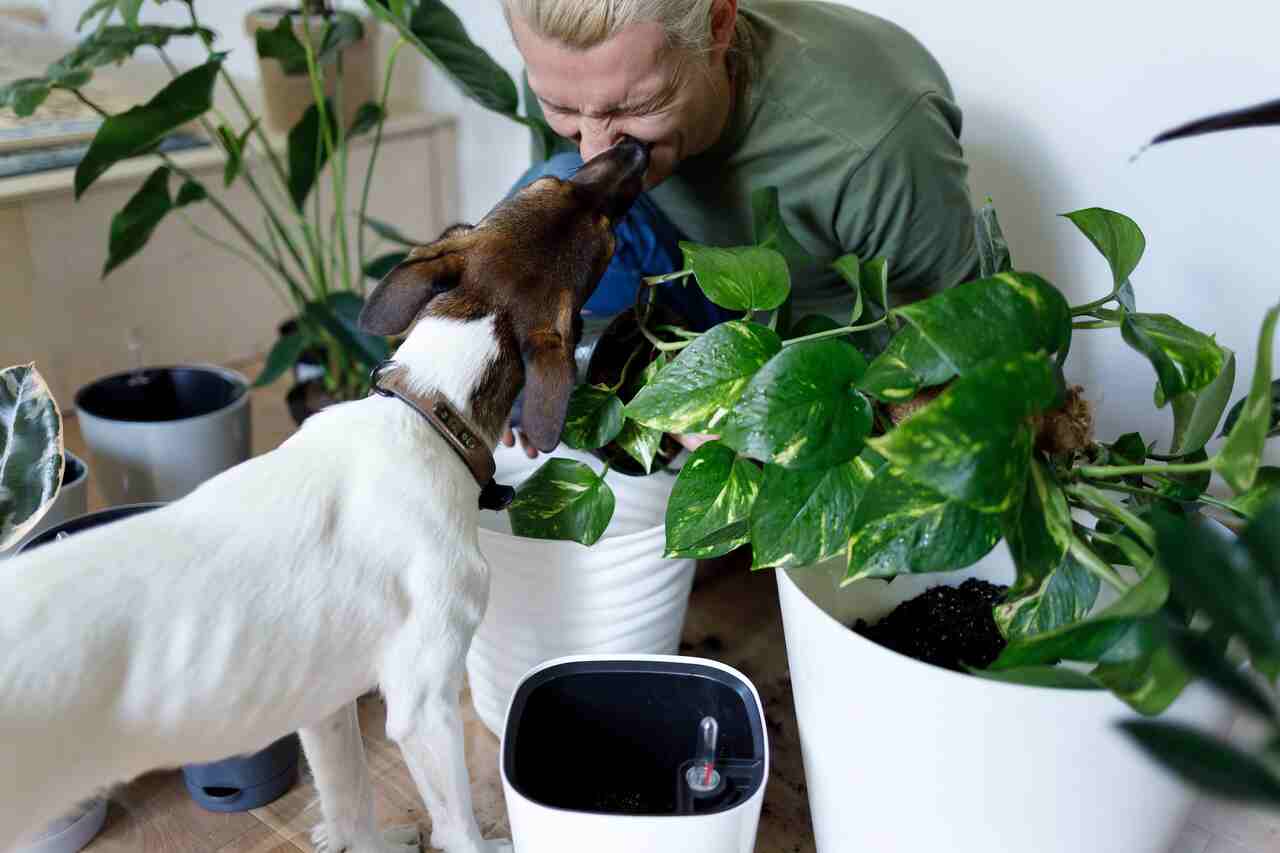
Many pet owners may not be aware, but the coexistence between pets and plants requires a lot of caution. It is essential to be mindful of the type of interaction and relationship that pets have with plants, not only at home but also in open spaces, parks, and public squares.
+ Videos: there’s nothing cuter than images that bring together dogs and children
+ Videos capture chiropractor fixing dogs’ spines in seconds
+ Video captures a trio of cats working out to get in shape for the summer
While some plants are harmless, others can be toxic and harmful to the health of pets. According to Thiago Teixeira, the general director of Nouvet, a high-level veterinary center in São Paulo, there are certain types of plants that can cause poisoning, allergies, and other problems just through contact.
“It’s the toxic species that should be avoided. Pets cannot identify this threat, so if they have easy access, they may sniff, chew, and play with them, both at home and outdoors, and end up getting sick. It’s important for pet parents to find out which plants to avoid and how to identify them,” he explains.
Some of the plants toxic to pets include: devil’s ivy, snake plant, dumb cane, azalea, and hydrangea. Reactions caused by these plants include irritation, itching, vomiting, fainting, tongue numbness, and difficulty breathing. One of the reactions is also kidney failure in cats caused by lilies.
The expert advises that if it is not possible to remove the plant from the home, it is crucial to move it to a place where pets cannot come into contact with it. When strolling through parks, gardens, and other outdoor areas, it is essential to observe whether the animals are not chewing or touching these plants.
If you notice that pets have consumed something different or if there are scattered leaves around the house, it is important to identify as soon as possible if they belong to poisonous species and go to the nearest veterinarian.
The habit of chewing plants and leaves can also be an indicator of intestinal issues, especially in cats. Therefore, it is essential to pay attention to the behavior of pets and investigate each case.
“Dogs and cats are very curious and do not understand the risk that these little plants can pose. An alternative to prevent this contact with harmful plants is to buy fake toy plants designed for their entertainment,” Teixeira suggests.
On the other hand, the executive explains that there is no need to be alarmed because not all plants are harmful to pets. Bromeliads, bamboo, lavender, orchids, aromatic plants, and succulents are harmless and considered pet-friendly.

